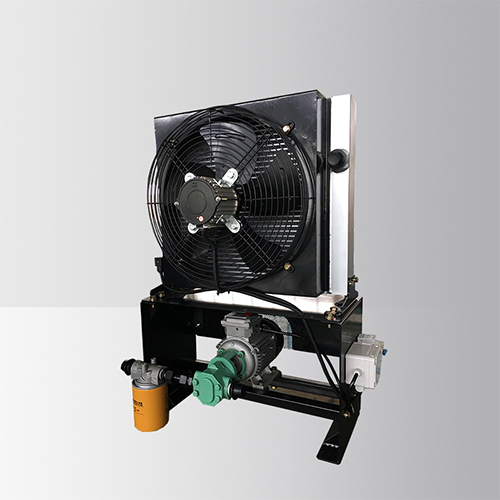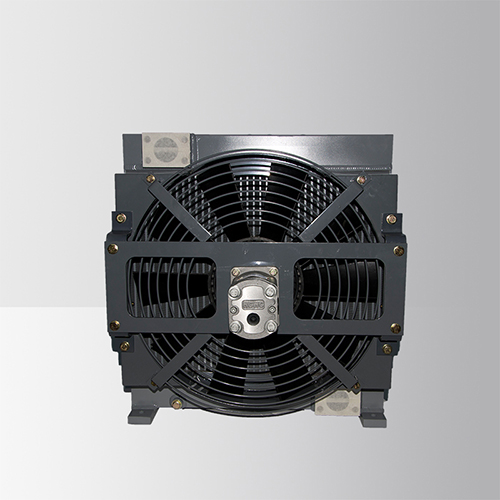Recently, the reporter learned from the Ministry of Environmental Protection that starting July 1 this year, China will implement the Phase IV emission standards for light vehicles nationwide. By then, light vehicles that do not meet the National IV emission standards will not be able to enter the new vehicle announcement of the Ministry of Industry and Information Technology. Starting from July 1, next year, light vehicles that have not reached the national IV emission standards nationwide will not be allowed to be sold or registered. According to the relevant person in charge of the Ministry of Environmental Protection, the Ministry of Environmental Protection has ceased to apply for the approval of the National III Heavy Duty Vehicle on January 1 of this year in accordance with the national emission standard regulations. The time for the national sales and registration of the National IV Heavy Duty Truck has not yet been determined and needs to be based on low-sulfur vehicles. Use the national supply of diesel to determine.
Industry consensus on SCR technology
According to industry experts, due to the reciprocity of the generation conditions of the main pollutant particles and nitrogen oxides in the exhaust gas, the diesel engine has been upgraded in emissions, and in particular the emission upgrade of the country's Phase III and above has shown different technical routes. "One is the use of selective catalytic reduction (SCR) technology, the use of urea solution for the treatment of nitrogen oxides in the exhaust; There is a type of particle trap or particulate catalytic converter (DPF), for the combustion EGR (Exhaust Gas Recirculation) technology for particulates processing,†he said.
Relevant experts said that as the national energy conservation and environmental protection requirements increase, heavy-duty vehicle emission upgrades are imperative, and SCR will become the mainstream technology in the future. According to the reporter's understanding, on the technical route, domestic mainstream diesel engine manufacturers have basically reached consensus, and SCR will be the main technical direction for future domestic diesel engine emission upgrades. At present, Mercedes-Benz, Volvo and diesel engine companies such as Cummins, Weichai, and Yuchai have all adopted SCR technology.
The reason that industry insiders have adapted the SCR system to the Chinese market is attributed to the following aspects: First, the SCR system can effectively save fuel consumption. The fuel consumption of the SCR system is slightly lower than that of the EGR+DPF system, and its consumption of urea aqueous solution can also be compensated for in fuel consumption. Second, if this technology is adopted now, emission regulations can be met for a long time until the introduction of Euro V and even higher emission standards. Third, in the EGR+DPF system, the volume of the cooler needs to be increased. The SCR system requires only an additional storage tank, which has little effect on the design of the vehicle cab. Fourth, the engine complexity is low. The SCR system can meet Euro IV and Euro V standards at the same time and can be introduced in advance in some regions.
Domestic enterprises are fully prepared for SCR technology
In the face of the forthcoming National IV emission standards, domestic companies have already prepared. Dr. Li Qin, Senior Technical Consultant of Yuchai Machinery Co., Ltd., told the reporter: “Mainly domestic mainstream companies are basically developing SCR products, but only Yuchai is the only mass-produced product.†He analyzed that the SCR aftertreatment system market More concentrated, basically in the city bus, Yuchai's customers are precisely concentrated in the bus area.
According to report, as early as February 2006, Yuchai launched China's first national IV diesel engine with independent intellectual property rights, which is five years ahead of the national mandatory implementation of State IV emission standards. Since then, Yuchai has carried out a large number of adaptability tests for SCR systems, providing scientific basis for the wide application of SCR systems in China. In December 2006, Yuchai's YC6L-40 diesel engine, which was able to achieve emissions of the country IV, passed the provincial-level technological achievements. “Today, about 6,000 vehicles in China use engines equipped with Yuchai’s SCR system. In 2008, more than 5,500 of the buses serving the Olympic Games used engines equipped with Yuchai’s SCR system,†said Li Qin.
As a foreign diesel engine company that came to China for local production earlier, Cummins’ technology has always been of concern to the industry. A few days ago, a related person in the Cummins Engine Division stated that it will meet the zero-emissions EPA2010 standard through the installation of an SCR aftertreatment system. It is the most stringent emission regulation in the world today, and the requirements for nitrogen oxides and particulate emissions are very strict. It is required to significantly improve engine efficiency and durability. According to the person in charge, Cummins can use the SCR technology to provide the highway market with the most fuel-efficient advantages of low-energy engines. It is expected that the fuel efficiency of the EPA 2010 ISX 15-liter engine will increase by more than 5%, and the mid-horsepower engine will increase by 3%.
The air-to-oil cooler is mainly used in various equipments that use petroleum, lubricating oil, hydraulic oil, etc. as heat medium to achieve the purpose of cooling the high-temperature oil passing through the heat exchanger through air-cooling.
Advantages: Strong corrosion resistance, compact structure, small footprint, and high degree of customization.various air-cooled drive modes, DC motor, AC motor, hydraulic motor, air motor, special explosion-proof motor, etc., better to choose the appropriate drive mode according to industrial environmental factors, without the help of external cooling medium, lower The hardware requirements can be used to cool the oil and ultimately ensure the benign operation of the equipment.
Applications: Construction machinery engines, hydraulic transmission equipment, air compressors, production and processing equipment, industrial spraying equipment, electrical equipment, generator sets, marine equipment, wind power equipment, metallurgical equipment, etc.


Air-Oil Cooler,Air Oil Cooler,Oil Cooler,Oil Cooler Kit
Xinxiang Zhenhua Radiator Co., Ltd. , https://www.thermictransfer.nl